FRONTIERS Leading Salk science Into the future
Inside Salk sat down with Rusty Gage to learn more about his background, approach to managing a world-renowned Institute, and vision for Salk science over the next decade.
Two decades into the 21st century, the way science is conducted is changing dramatically. The Salk Institute, built with the implicit understanding that science is ever-evolving and institutions must adapt, is changing too.
To understand the future of Salk science, one only needs to look to its leader, current President and longtime faculty member Rusty Gage. From managing the COVID-19 crisis that threw the world into disarray, to advancing efforts in support of equity and inclusion, Gage has been agile and collaborative, responsive and engaged. Even as he leads Salk’s response during these difficult and uncertain times, he balances a robust scientific research portfolio. From his lab to the President’s office, Gage has his eyes on the future of science at Salk, and on the significant shifts poised to transform the world of basic scientific research. His success lies largely in his approach: he pairs a disciplined and astute habit of observation with a deeply collaborative nature, where he seeks to lift diverse voices across the Institute to inform his daily decisions while working strategically to advance scientific initiatives; recruit a new generation of brilliant Salk scientists; and build the financial and scientific resources necessary to move Salk into future.

“In this new paradigm, you not only read the literature, but you aggregate data sets from all over the world and build a theoretical model of the concepts you’re interested in, so you can decide what scientific questions to pursue.”
Leading with vision and collaboration
When Rusty Gage, the Vi and John Adler Chair for Research on Age-Related Neurodegenerative Disease, assumed the presidency of Salk in 2018, he had decades of pioneering neuroscience papers to his credit. Since then, he has balanced two equally demanding full-time jobs: president of an elite, world-renowned institution that conducts innovative science, and leader of a distinguished neuroscience laboratory.
Gage is one of the world’s preeminent neuroscientists, known for overturning longstanding scientific dogma that the brain does not make new neurons, with a 1998 study revealing that “neurogenesis” does, in fact, occur in select areas of the brain.
Since 2014, he has consistently been named one of science’s most highly cited researchers by Clarivate, indicating that his work has been repeatedly judged by his peers to be notable for its significance and usefulness. And his lab, one of Salk’s largest, routinely delivers cutting-edge methodologies and ground-breaking discoveries to find better ways to understand and treat conditions of the brain, such as Alzheimer’s, depression, autism, bipolar disorder and schizophrenia.
Raised in a military family stationed abroad, Gage went to high school in Italy before attending college at the University of Florida and graduate school at Johns Hopkins University. He married his high school sweetheart and the couple moved to Sweden, where Gage completed a Fulbright fellowship and held a faculty position at Lund University. He joined the faculty at UC San Diego in 1985, and the family settled in San Diego, where his mother was raised and went to college. A dedicated mentor, he delights in the Gage lab reunions held every few years for alumni who travel back to Salk from around the world to share their research with their former colleagues and their former advisor.
As President of Salk, Gage brings a scientific approach to leading: much like gathering data to test a hypothesis, he seeks input from a diverse group of stakeholders and synthesizes it into a coherent picture to help guide the Institute. Gage—who arrived at Salk while founder and polio vaccine developer Jonas Salk was still present—brings a deep respect for the Salk ethos of fostering collaboration between disciplines to encourage new discoveries. Thus, with the concurrence in 2020 of Gage’s 25th year at Salk with the Institute’s 60th anniversary and the heightened interest in scientific research catalyzed by the COVID-19 pandemic, we felt it was a fitting time to take a deeper look at his vision for the future of science at Salk. (Inside Salk’s summer issue covered how the Institute is responding to the pandemic, including launching almost two dozen new research projects devoted to tackling COVID-19.)

Technology
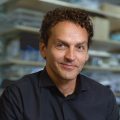
Martin Hetzer
Vice President and Chief Science Officer
Jesse and Caryl Philips Foundation Chair
Professor, Molecular and Cell Biology Laboratory
“Salk’s future successes and breakthroughs, like our deep history of scientific discovery, will be the result of the teamwork of postdoctoral researchers, students, staff scientists and exceptional faculty—all critically supported by the research centers, shared core facilities and animal research department. Bold and collaborative science is the hallmark of the Institute, and the CSO office intends to bring that spirit to all future endeavors, both at Salk and with local and international partnerships.”
The Office of the Chief Science Officer provides leadership in developing and implementing Salk’s overall scientific strategy, as well as overseeing research operations in support of this strategy.
Immunobiology
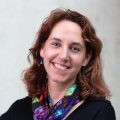
Susan Kaech
NOMIS Chair
Professor and Director, NOMIS Center for Immunobiology and Microbial Pathogenesis
“The future of immunobiology, both at Salk and beyond, holds a great deal of promise. Not only are we learning more every day about the fundamentals of immunity, but we are also discovering how to harness the immense power of the immune and cooperative defense systems and the microbiome to target cancer, autoimmune diseases and infections, to help people live longer, healthier lives.”
Salk’s NOMIS Center for Immunobiology and Microbial Pathogenesis is working to delineate the mechanisms that cause infectious diseases, understand the body’s response to injury or infection, and explore why inflammatory processes spin out of control under some circumstances.
Salk’s collaborative ethos means scientists in different areas are accustomed to working across disciplines, not just within the Institute, but also across the world.
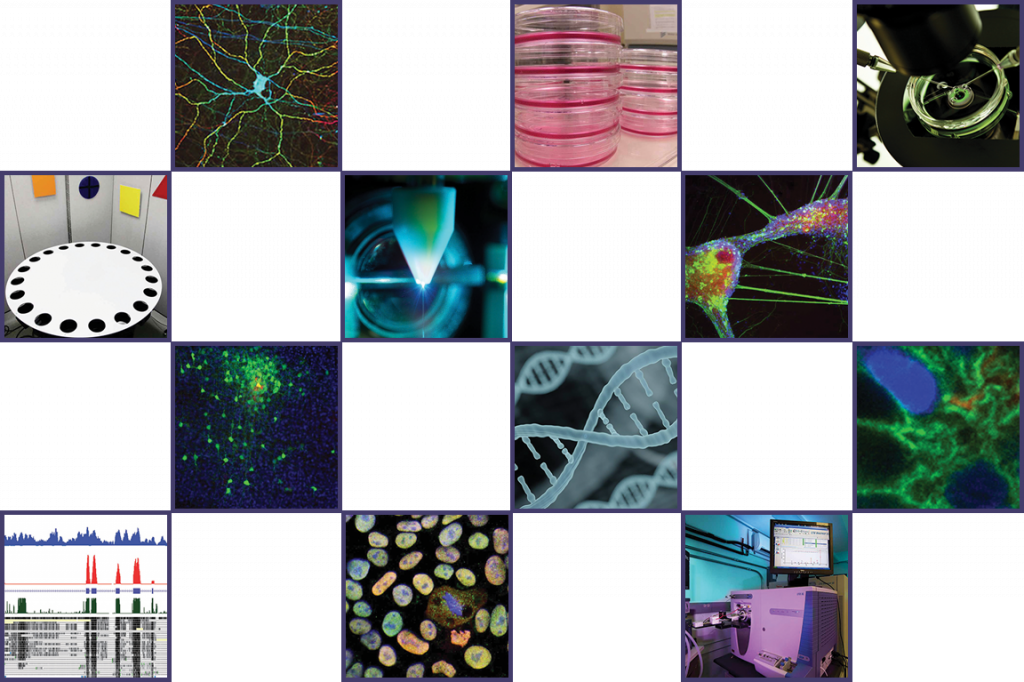
Looking Ahead
“The way science is done is changing,” Gage says. “The traditional way scientists conducted life-science research was to base their scientific inquiries around what skill sets they had. So, scientists formulated experiments that they could address in their labs. Then they looked at whatever results they got and, again, tried to solve the next question in terms of their own experience.”
Now, Gage explains, biological research is undergoing a fundamental shift. The latter part of the 20th century saw the dawn of the information age, and by the turn of the millennium, computing power coincided with the generation of massive amounts of biological data; the era of big data has been launched, when vast quantities of information too unwieldy for human calculation can be manipulated and analyzed for meaningful patterns using computer algorithms (see Inside Salk Winter 2019). The charge for the 21st century, then, is to make sense of these massive quantities of biological data scientists are now able to collect. And this, Gage contends, means conducting life-science research in a whole new way.
“We are beginning to see a new biology that incorporates computation, mathematics and engineering,” says Gage. “In this new paradigm, you aggregate data sets from all over the world and build a theoretical model of the concepts you’re interested in, so you can decide what scientific questions to pursue. Here, the model is helping guide you to where the really critical questions are, and answering those questions is not dependent entirely on your personal experience, skills or equipment. It may involve building a new instrument, for example, so engineering becomes a big part of it. It may point you in a therapeutic direction, so translation may be a part. Additional computation and refining of theoretical models may also be necessary.”
This new way of doing biological research plays to many of Salk’s strengths. The Institute’s emphasis on collaboration is exemplified by the research cores—shared facilities that give Salk scientists access to cutting-edge technologies and staff with expertise that individual labs may not have. Salk has 13 of these cores, including biophotonics (advanced imaging), next generation sequencing and stem cells, to name just a few. Salk’s collaborative ethos means scientists in different areas are accustomed to working across disciplines, not just within the Institute, but also across the world. Many Salk faculty already have national and international collaborations in progress. Locally, Salk’s faculty works closely with the UC San Diego Supercomputer Center, School of Engineering, School of Medicine and Moores Cancer Center and other organizations.

Aging
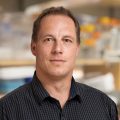
Jan Karlseder
Donald & Darlene Shiley Chair
Professor, Molecular and Cell Biology Laboratory
Director, Paul F. Glenn Center for Aging Research
“Understanding the complexity of the aging process and extending the human health span have become top priorities of the Salk Institute, and will remain so in the future. Neurobiology, cell and molecular biology, systems biology and computational biology will synergize to clarify complex age-associated pathologies such as Alzheimer’s disease, hearing loss, cardiovascular disease, diabetes and cancer. The collaborative nature of Salk will allow a uniquely cooperative approach through our Optimizing Aging Initiative, which takes advantage of the widespread expertise of Salk faculty.”

Gerald Shadel
Audrey Geisel Chair in Biomedical Science
Professor, Molecular and Cell Biology Laboratory
Director, San Diego Nathan Shock Center
“Aging is a complex process and not everyone ages the same way, so researchers have to study its basic biology from many different angles and in many different types of cells. The San Diego Nathan Shock Center will provide critical infrastructure to help researchers with their studies into aging, as well as pilot grants for experiments and support and encouragement for new researchers to enter the field of aging research”
Aging is the greatest risk factor for many diseases. Salk researchers seek to discover the fundamental causes of aging, so that everyone can live longer, healthier lives.
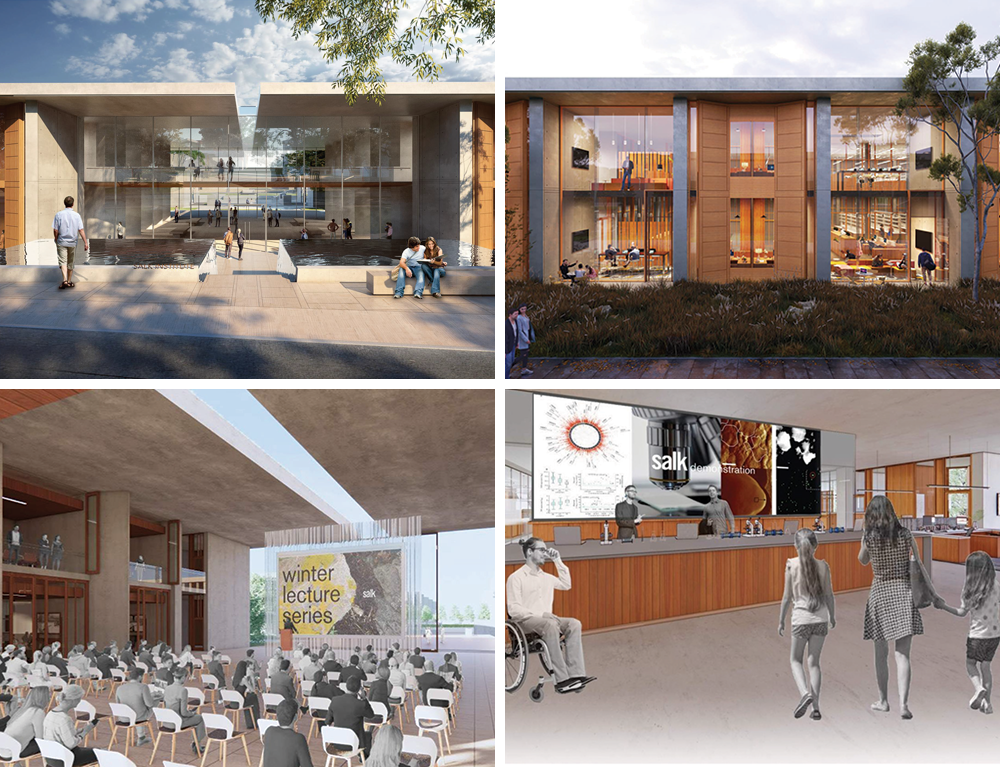
A Glimpse of the Future
Gage imagines that, in the near future, the Institute will have new hubs for bioengineering, computation and translation. He envisions an additional research facility, in close proximity to the iconic original campus, to house incoming researchers specializing in these new directions; their work will complement and contribute to established research areas for which the Institute is already known (see Sidebars: Research Areas). The original plans for the Institute envisioned such future buildings, in keeping with Jonas Salk’s understanding that science changes and the needs of science change. To accomplish these ambitious goals for facilities, centers and recruitment, Salk will undertake a campaign next year.
Part of the Institute’s mission is training the next generation of scientists, and Gage is looking forward to adding more early career researchers to the ranks of Salk’s outstanding current junior faculty, who are just as brilliant and driven as their predecessors in asking bold questions about cancer, genetics, metabolism, plant biology and the immune system. Of particular importance to Gage is building on Salk’s culture of respect, diversity and inclusion. Gage firmly believes that the creativity and skills necessary for bold scientific discovery require researchers with a diversity of ideas and experiences. One of his first acts as President in 2018 was to establish an Office of Equity and Inclusion, and Gage continues to champion efforts that advance this strategic goal.
Asked what Jonas Salk might think of this vision, Gage pauses for a long moment before responding. “I think there’s two parts of this vision for the future Jonas would appreciate. One is the cooperation aspect, people of different backgrounds working together on big questions. He had an idea that we should be serving deep scientific knowledge, but with a humanistic perspective. The other is the idea that science is changing all the time, and the building space has to fit the science. I think he would embrace both ideas.”
Like Jonas Salk, who over 60 years ago had a vision for how the world would benefit from an institution devoted to basic scientific research, Gage has a vision in which the future of science—Salk style—will be every bit as exciting as its past.

Cancer
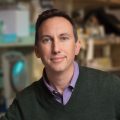
Reuben Shaw
William R. Brody Chair
Professor, Molecular and Cell Biology Laboratory
Director, Salk Cancer Center
“Cancer is a complex and ever evolving foe, which is why Salk researchers are joining forces to attack it from many different angles—metabolic therapies, immunotherapies, targeted therapies, epigenetics and more. Working across scientific fields, we have continued to discover new and unexpected therapeutic lines of attack to conquer cancer.”
The Salk Cancer Center, one of seven National Cancer Institute (NCI)-designated basic research cancer centers, recently launched the Conquering Cancer Initiative to harness new strategies against five deadly cancers: pancreatic, ovarian, lung, brain (glioblastoma) and triple negative breast.
Plants
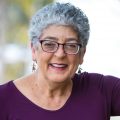
Joanne Chory
Howard H. and Maryam R. Newman Chair in Plant Biology
Professor and Director, Plant Molecular and Cellular Biology Laboratory
Co-Director, Harnessing Plants Initiative
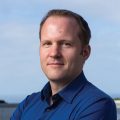
Wolfgang Busch
Professor, Plant Molecular and Cellular Biology Laboratory & Integrative Biology Laboratory
Co-Director, Harnessing Plants Initiative
“Humanity is at a crossroads due to a warming planet. Society can no longer conduct business as usual, and Salk’s plant biologists have a unique contribution to make. The next 10 years will be critical for climate change, and within that time we expect the Harnessing Plants Initiative to have made significant inroads in an effort to enhance the natural ability of plants to draw down CO2 to help to restore natural balance.”
The Salk Institute’s highly ranked plant program recently launched the Harnessing Plants Initiative, a plant-based approach to drawing down carbon dioxide from the atmosphere and storing it stably in the roots of crops.
Computational Biology

Terrence Sejnowski
Francis Crick Chair
Professor and Laboratory Head, Computational Neurobiology Laboratory
Director, Crick-Jacobs Center for Theoretical and Computational Biology
“It has become routine to sequence all the genes in single cells and it is now possible to record simultaneously from tens of thousands of neurons engaged in behavior. Computational tools such as machine learning and new engineering approaches are essential for analyzing these data and developing new theories for the complex functions of cells and brains. The Crick-Jacobs Center will expand to take on these challenges over the next decade.”
Salk’s Crick-Jacobs Center brings together life scientists, computational scientists and engineers to develop the instrumentation and analytical tools that will be needed to tackle some of the biggest questions in science.
Support a legacy where cures begin.
Featured Stories
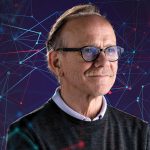 Leading Salk science into the futureInside Salk sat down with Rusty Gage to learn more about his background, approach to managing a world-renowned Institute, and vision for Salk science over the next decade.
Leading Salk science into the futureInside Salk sat down with Rusty Gage to learn more about his background, approach to managing a world-renowned Institute, and vision for Salk science over the next decade.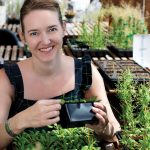 Julie Law – Revealing RNAAssociate Professor Julie Law shares common themes underlying her research and discusses what motivates her both in and out of the lab.
Julie Law – Revealing RNAAssociate Professor Julie Law shares common themes underlying her research and discusses what motivates her both in and out of the lab.
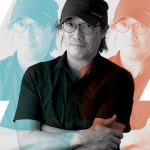 Gerald Pao – Pushing the limits in science and lifeFrom studying the novel coronavirus to downloading brains to computers, Staff Scientist Gerald Pao is at the forefront of scientific advancement.
Gerald Pao – Pushing the limits in science and lifeFrom studying the novel coronavirus to downloading brains to computers, Staff Scientist Gerald Pao is at the forefront of scientific advancement.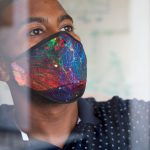 Austin ColeyAustin Coley, though only at Salk since 2019, has already taken an active role in everything from conducting innovative research on the brain to spearheading a wide variety of outreach activities.
Austin ColeyAustin Coley, though only at Salk since 2019, has already taken an active role in everything from conducting innovative research on the brain to spearheading a wide variety of outreach activities. Salk’s Harnessing Plants Initiative (HPI) Garners Widespread SupportNew grants are supporting the Institute’s efforts to optimize plants’ natural ability to store carbon and mitigate climate change. This support bolsters the ongoing HPI project focused on model plants that was funded through donations to The Audacious Project in 2019.
Salk’s Harnessing Plants Initiative (HPI) Garners Widespread SupportNew grants are supporting the Institute’s efforts to optimize plants’ natural ability to store carbon and mitigate climate change. This support bolsters the ongoing HPI project focused on model plants that was funded through donations to The Audacious Project in 2019.



















































